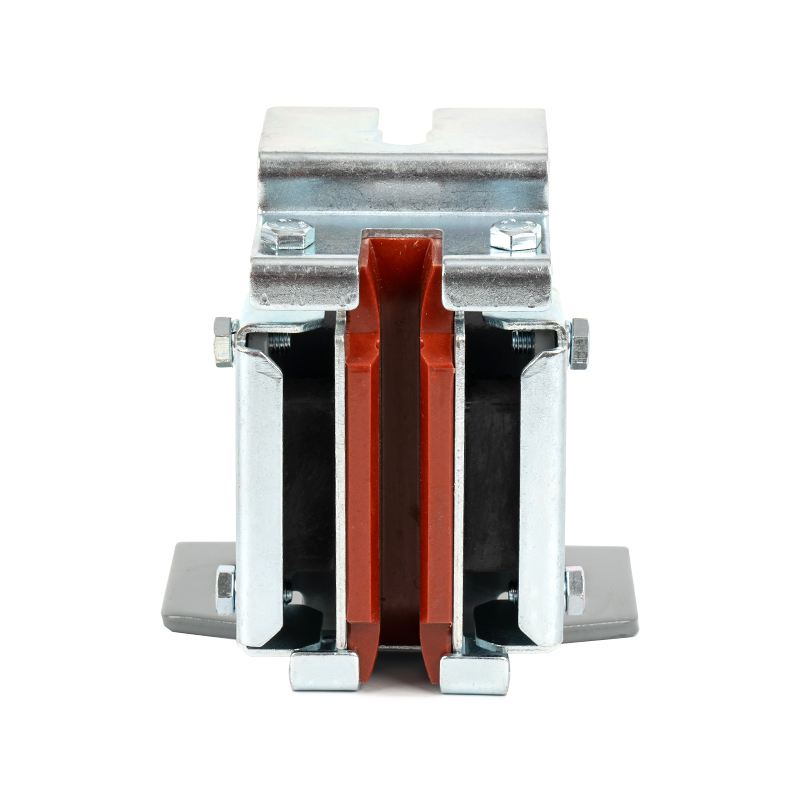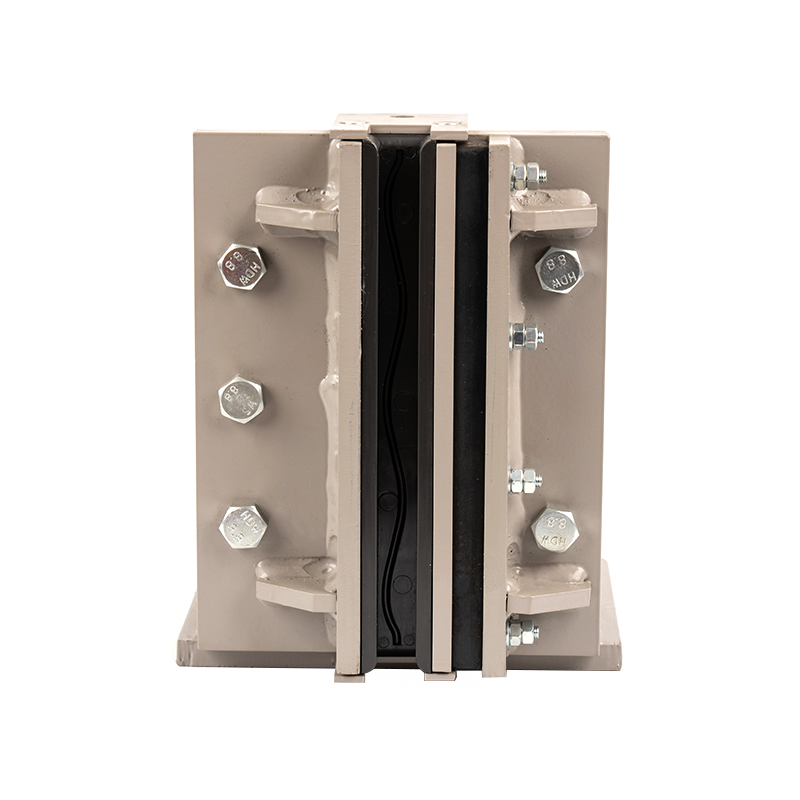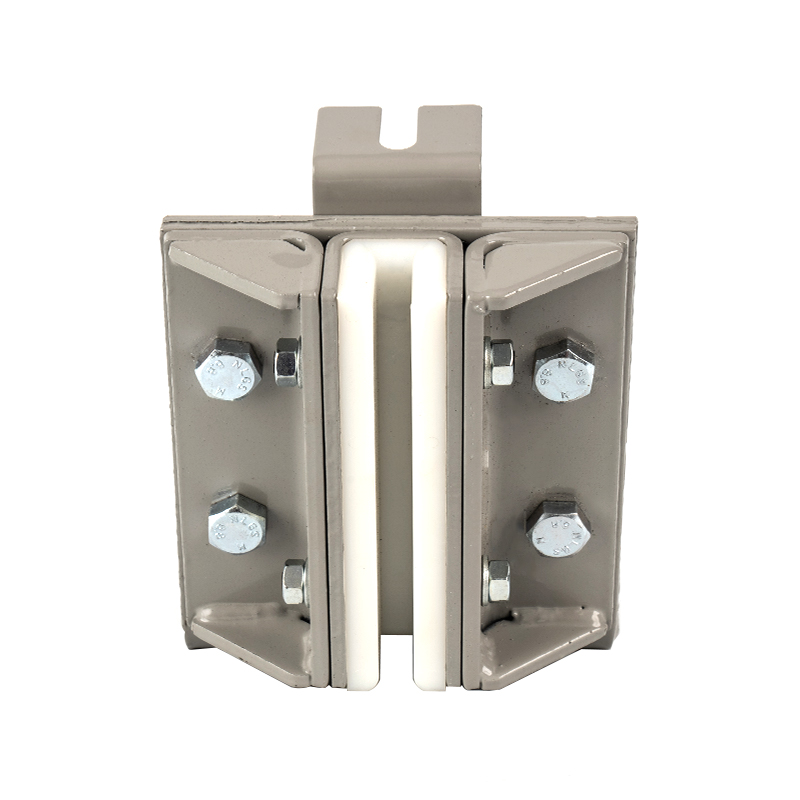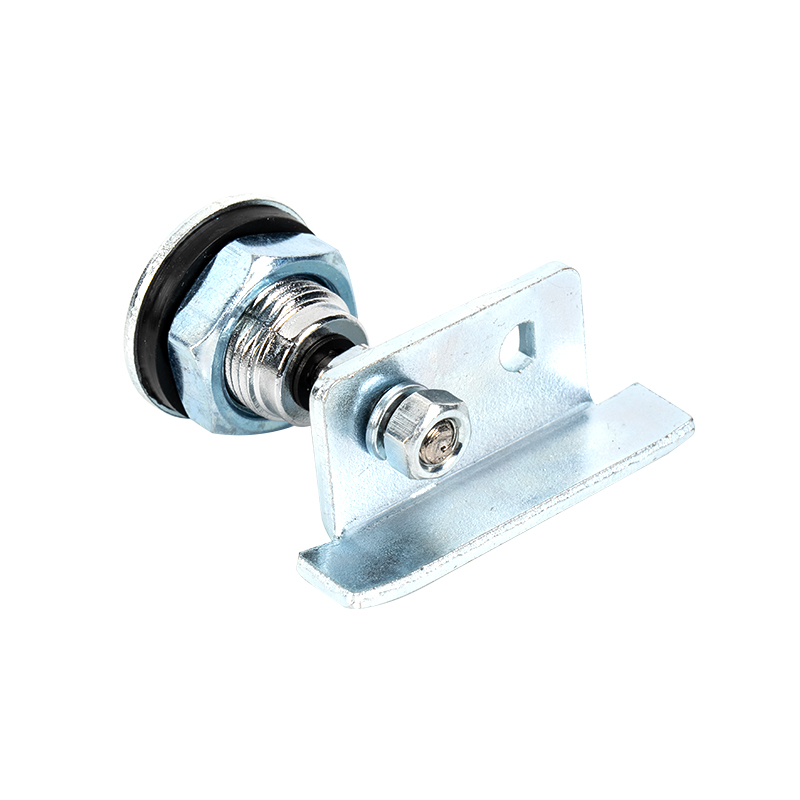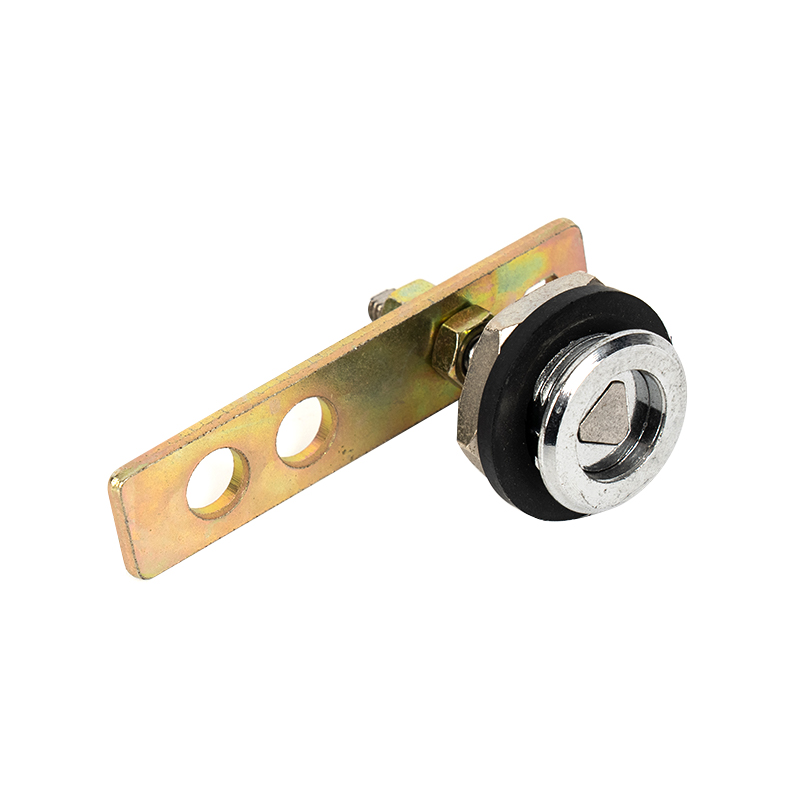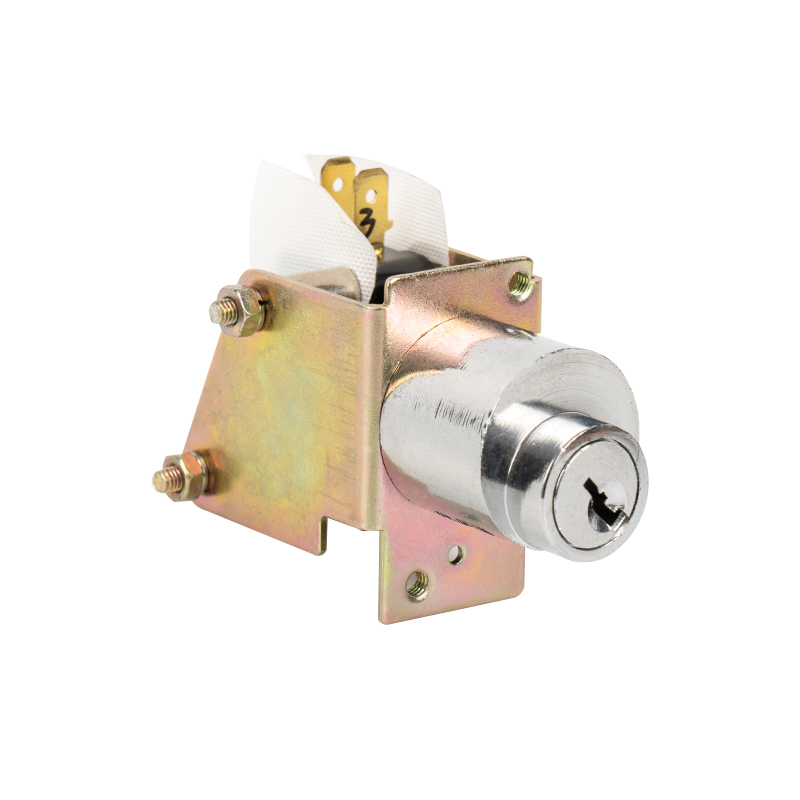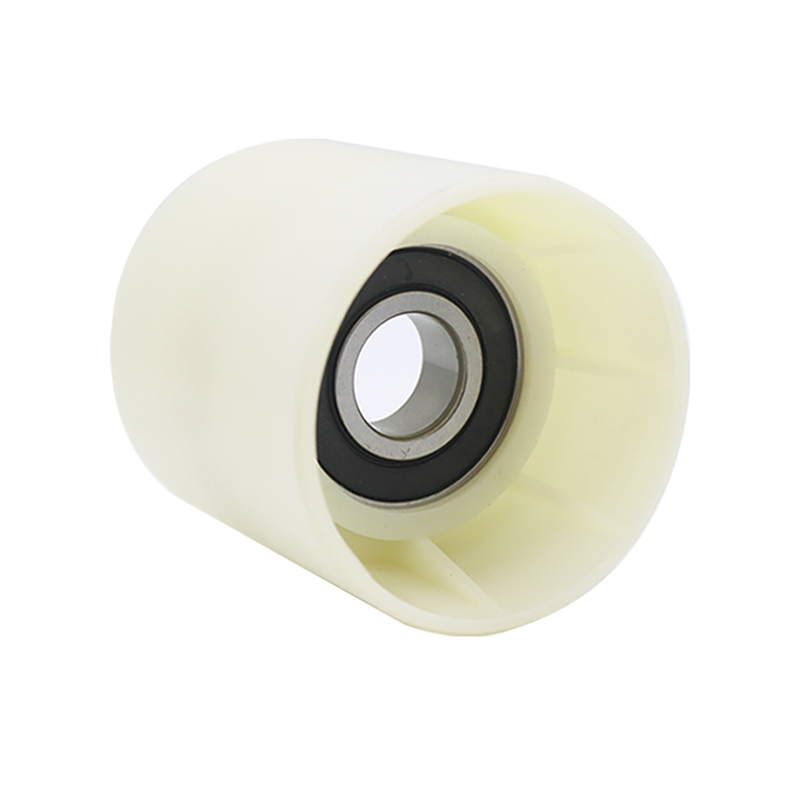Elevators, as an indispensable vertical transportation tool in buildings, directly impact passenger safety and stability. Many people know that elevators require regular maintenance, but often overlook a seemingly insignificant component—the elevator oil cup. Despite its small size, the oil cup plays a crucial role in lubrication, friction reduction, and protection of critical components. If the oil cup is low on oil or malfunctions, the elevator may experience a series of potential safety hazards.
1. Unstable Operation and Reduced Ride Comfort
The main function of the elevator oil cup is to provide continuous lubrication to the guide rails and guide shoes, maintaining smooth operation. When the oil cup is low on oil, insufficient lubrication leads to an increase in the coefficient of friction between the guide shoes and guide rails, resulting in elevator shaking, sudden jerking, and inaccurate stopping.
In cases of slight oil deficiency, passengers may experience a slight "bump" or "drag" sensation; however, in cases of severe oil deficiency, the elevator will experience significant vibration during ascent or descent, or even jamming, severely affecting the riding experience and potentially interfering with floor alignment accuracy, increasing operational risks.
2. Increased Mechanical Wear and Shortened Component Lifespan
Elevator guide shoes and guide rails should be continuously lubricated through oil cups to reduce friction. However, when oil is insufficient, they operate under dry friction. Dry friction not only increases wear but can also generate localized high temperatures, damaging the metal surface.
This mechanical wear is irreversible, and long-term accumulation can lead to:
Abnormal wear or even deformation of guide shoes;
Scratches or even grooves on guide rails;
Increased clearance between components, causing abnormal noise and instability;
Ultimately, the entire set of guide shoes or guide rails must be replaced, significantly increasing maintenance costs.
From a maintenance perspective, the cost of replacing components due to insufficient lubrication is often several times, even ten times, higher than timely lubrication.

3. Increased Noise and Vibration, Structural Risks
When insufficient oil in the oil cups causes increased friction, the elevator will emit noticeable friction sounds, metallic clanging sounds, or sharp abnormal noises. This not only frightens passengers but also indicates that the equipment is operating abnormally.
Continuous vibration and noise can also lead to deeper structural risks: Loose fasteners, increasing overall equipment vibration; Resonance in machine room and hoistway components; Uneven stress on the guide rail installation structure.
These hidden dangers accumulate gradually, potentially causing components to loosen during elevator operation, worsening noise, or even structural failure.
4. Affecting the reliability of elevator safety protection devices
The frictional characteristics between the elevator safety clamp and the guide rail are crucial for emergency braking. The guide rail should be regularly lubricated to ensure the safety clamp can grip the rail and achieve effective braking during an emergency.
If the lubrication cup is insufficient, leading to severe localized wear or abnormal surface conditions on the guide rail, the safety clamp may experience instability or insufficient braking force during operation. Although this is rare, it is a serious safety hazard that will directly endanger passenger safety.
5. Increasing elevator motor load and energy consumption
Insufficient lubrication increases friction, requiring the elevator motor to apply more power to drive the car normally. A motor under prolonged high load not only consumes more electricity but is also prone to overheating, leading to insulation damage, shortened lifespan, or even burnout.
This not only increases operating costs, but the subsequent repair and motor replacement expenses are also a huge expense.
6. Long-term lack of lubrication may lead to elevator shutdown or even malfunction
If the lubrication cup is not maintained for a long time, the elevator guide shoes may suffer severe wear or even damage, and the damage to the guide rails may expand, ultimately causing the elevator to malfunction. At this point, not only will the elevator need to be shut down for inspection, but it may also require major repairs or replacement of critical components, seriously affecting the daily use by residents or businesses.
Regularly checking the lubrication cup, replenishing lubrication in a timely manner, and maintaining lubrication are crucial aspects of daily elevator maintenance. For property management, maintenance companies, and equipment management personnel, paying attention to the lubrication cup condition can not only prevent safety hazards but also extend equipment life, reduce maintenance costs, and ensure the continuous and stable operation of the elevator.


 English
English 中文简体
中文简体
